|
TAROT
card meanings & free reading
|
Tarot Archetypes 3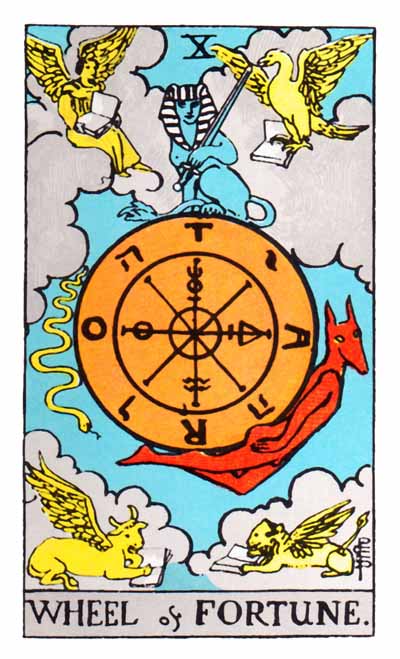 The Wheel of Fortune card of the Tarot's Major Arcana.
What Archetypes the Cards of the Tarot Deck RepresentAll the 78 cards of the Tarot deck can be described as archetypes — mythical symbols of basic aspects of life. In a Tarot reading, this is very helpful to consider.
Archetypes in DivinationIn divination, the idea of archetypes is instrumental, and used in abundance. Events and persons of the future are represented by classical types, such as the stranger, the lover, the mother, and so on. That's the language and the imagery of divination.Thatís true also for what can be described as the mother of all divination: astrology. The twelve signs of the Zodiac, with their distinct characteristics, are archetypes. So are the planets, even bearing the names of mythological deities: Mercury, Venus, Mars, Jupiter, Saturn, Uranus, Neptune, and Pluto. The influence of astrology is evident in other divinations. For example, palmistry (also called chiromancy), the reading of hands, speaks of the Girdle of Venus, the Mercury line, and several other astrological references.
Astrology in turn has emerged in exchange with mythology. It is hard to say what came first — the myths or the celestial bodies to which they were linked. But the connection is definitely there. While myths about the sun and the moon tried to explain their movements, astrology tried to figure out their meanings.
78 Archetypes in the Tarot DeckEach of the 78 cards can be seen as a kind of archetype. Itís the most evident with the 22 cards of the Major Arcana, representing central principles, mostly in personalized forms: the Fool, the Magician, the Empress, the Devil, the Hermit, and so on.On the website of each Major Arcana card, I describe their archetypical traits in more detail. But already their names reveal a lot about their symbolic characters. In a Tarot reading, as well as in readings with ordinary playing cards, itís common to understand a character image on the card as someone significant that you will meet. That can happen, but itís not necessarily the case. What the card is really showing is that the archetype in question will be relevant in your life — either in the form of a certain person appearing, or in an event that has the characteristics of the archetype.
A king or a queen in the spread doesn't necessarily mean that you will have to deal with a certain person of power, but it does imply that you need to tread carefully, because there are powers superior to yours involved. On the other hand, in another position, the card can suggest that you need to act like a king or a queen. If you take the habit of treating each card as sort of an archetype, carrying a certain trait that needs to be considered, your reading will be much clearer than if you immediately search for specifics.
Use Your ImaginationLife is complicated. We need to generalize aspects of it to be able to make decisions, choose between our options, and move on. The archetypes of the Tarot are excellent generalizations of common ingredients in life.Those cards that appear in a spread show what ingredients are particularly relevant and important in regard to the question on which you base your reading. Let your imagination go. It will easily find what circumstances would be accurately described by the archetypes appearing in the cards. Thatís why they are archetypes Ė they can be found everywhere, and they do make sense. But thatís only if you take it in and trust your imagination, instead of consulting a manual specifying exactly what each card decides about your future. Another illuminating method is to regard the cards as principles: the principle of the Knight of Swords, who bravely hurries to battle against any foe, the principle of the Lovers, who forget everything else when facing each other, the principle of the Hermit, who seeks solitude whatever others might root for, et cetera. The principle is simply the core of an archetype, the meaning it carries.
The Tarot as MythAlso the structure of myth is applicable to Tarot readings.The myth is a story involving a number of archetypes interacting. The Tarot spread is also a story, told by several cards in a certain order. So, you have to find how this story makes sense, how one thing leads to another in a way that almost seems unavoidable.
The cards help you through this mental process and give you the clues to make it more accurate than you would have done without them, simply because life is so complicated, every moment so confusing. Without a systematic approach, itís chaos. If you make the Tarot reading like telling a story, from the beginning to the end, with characters and events making some kind of sense all through, then you manage fine and need no further study, only practice. Practice makes perfect.
Nothing NewThe perspective of the myth, and the archetypes populating it, also reminds us of the basic fact that nothing is really new under the sun. The important and fundamental parts of what happens to us have happened to countless people before, and to a surprisingly high extent in much the same way.Not that it solves every problem and dissolves any worry. Itís new when it happens to you. But itís far from unique. There is previous experience to learn from. Divination by the Tarot or any other method connects us to the source and essence of all that previous experience Ė if we open up and trust the only means by which this source becomes available to us. Thatís our imagination.
NEXT
Tarot ArchetypesMyth EmergesArchetypes — the Themes of MythsArchetypes of the TarotList of Tarot card Archetypes
About Cookies
My Other Websites:I Ching OnlineThe 64 hexagrams of the Chinese classic I Ching and what they mean in divination. Free online reading.
Complete HoroscopeHow predictions are done in classical astrology with the full horoscope chart. Many examples.
Creation MythsCreation stories from around the world, and the ancient beliefs about the world and the gods as revealed by the myths.
Other Books of MineClick the image to see the book (and Kindle ebook) at Amazon (paid link).
|
 Tarot Unfolded
Tarot Unfolded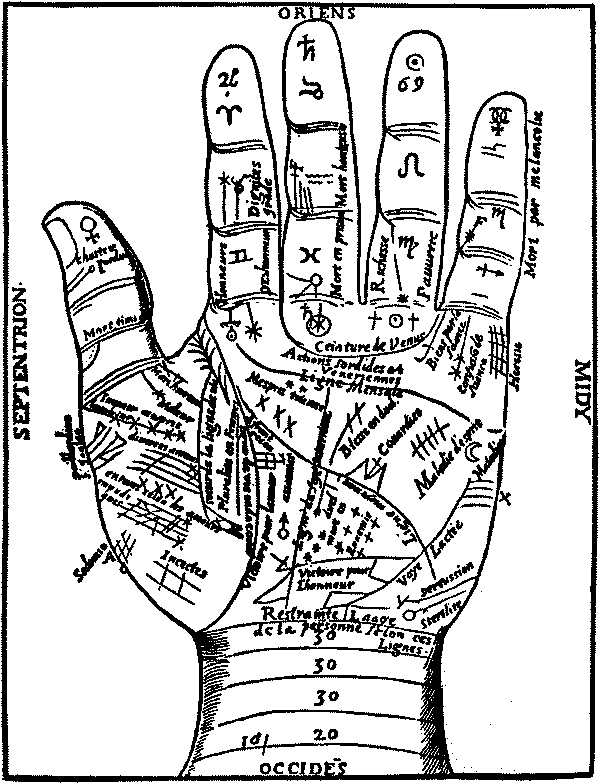
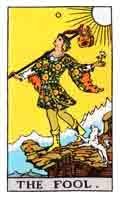 For example, the Major Arcana card The Fool might mean that you meet somebody who is hard to take seriously, but generally speaking it suggests that something will happen or appear that you do best to treat in a casual manner. Depending on the position of the card in the spread, it can also mean that you are not taken seriously, although you feel you should be. Or the turn of events is such that you can do little more than shrug your shoulders and say: ďThatís life.Ē
For example, the Major Arcana card The Fool might mean that you meet somebody who is hard to take seriously, but generally speaking it suggests that something will happen or appear that you do best to treat in a casual manner. Depending on the position of the card in the spread, it can also mean that you are not taken seriously, although you feel you should be. Or the turn of events is such that you can do little more than shrug your shoulders and say: ďThatís life.Ē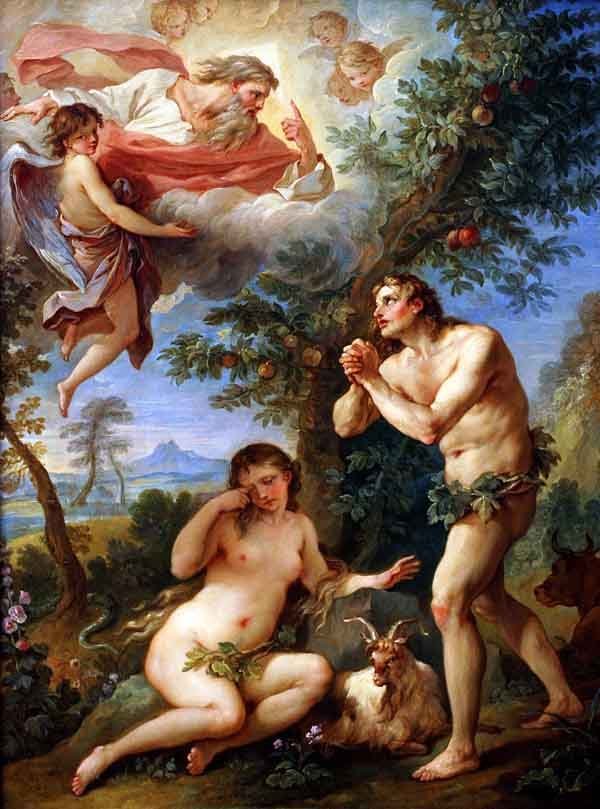
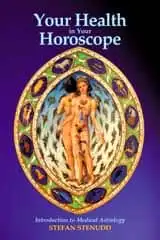


 Stefan Stenudd
Stefan Stenudd